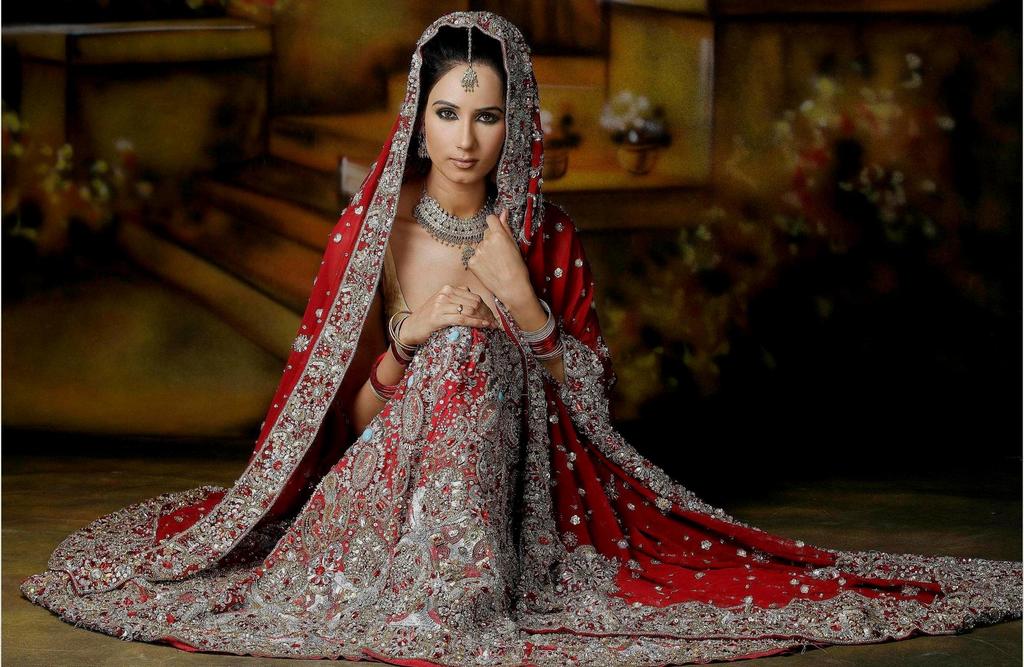
Different Types Of Bridal Dresses Around The World
 Aug 12, 2016
Aug 12, 2016Our world is full of diversity. That diversity is created by people living in a different geographical area, speaking different languages, and having different life experiences. Though we can see unity in diversity i.e even if the appearance of the tradition is different but the concept and the idea behind it, are the same worldwide. Marriage is one common thing amongst many which are observed in all cultures. We can see different styles of it, but the concept behind bridal dresses remains the same all over the world.
We have compiled traditional bridal dresses of few countries to show you how beautiful and diverse weddings are.
1. India
Many cultures observe red as a color of wedding. It is believed to be an auspicious color playing an important role in Indian weddings. Thus, we can see bridal dresses mostly in red which includes red Lehengas or sarees for their ceremony. They are usually glorified with heavy jewelry from head to toe, maintaining the spotlight over them throughout the occasion.
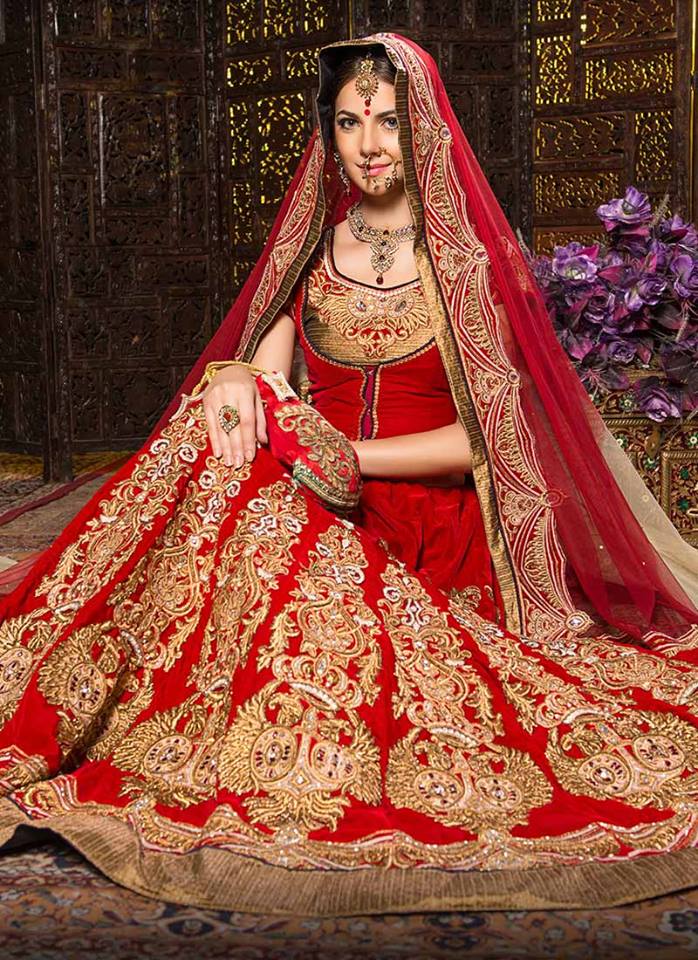
2. Korea-
Hwarot and Hanboks are traditional wedding bridal dresses filled with rich colors and patterns. The elegant flow of its lines and its ever-pleasing color palette are the beauty of hanbok. The structure of the hanbok truly symbolizes Korean sense of beauty.
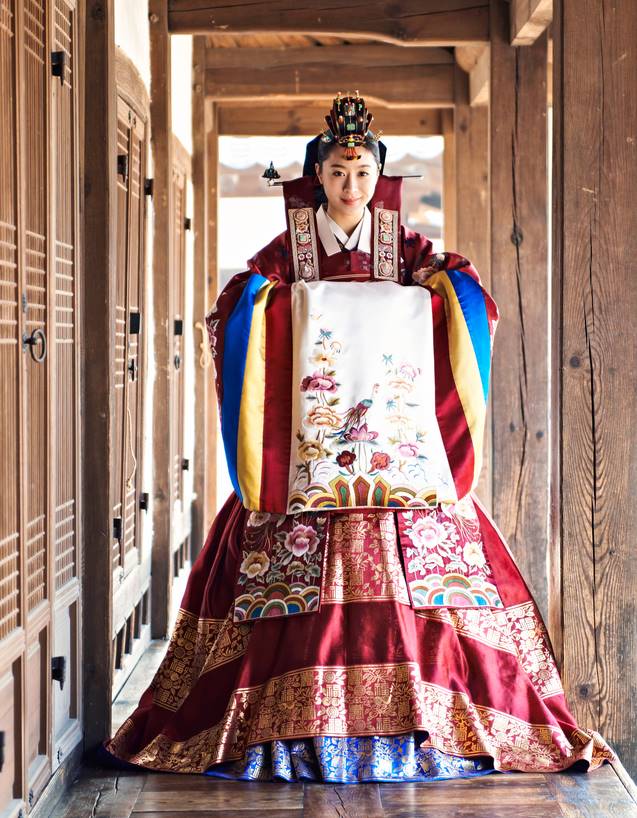
3. Japan-
Blue and White are prominent colors in Japanese fabrics after the combo of Red and White in the bridal dresses.
Shiromuku is an all-white kimono regarded as the most formal wedding gown.
Uchikake is a highly formal and the most expensive kimono worn only by a bride. It is often heavily embroidered, beautifully colored, and is supposed to be worn outside the actual kimono, as a sort of coat.
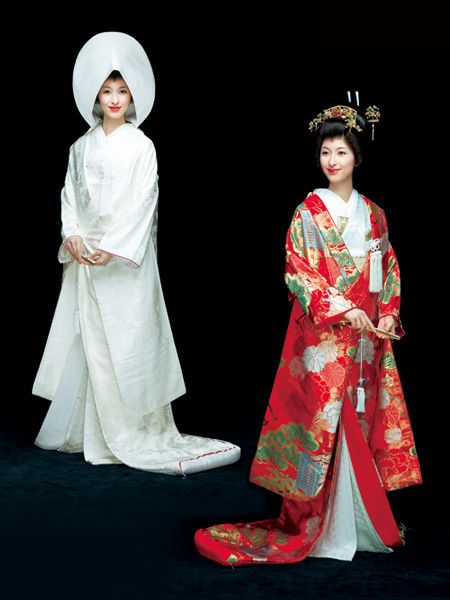
4. China
The bridal dress is known as Qun Gua. It basically means a long skirt and a top coat two piece dress. It also represents the wealth and status of the family which makes it necessary to wear the finest of Qun Gua possible. Patterns of flora and fauna with dragons just accentuates the traditional wear and makes it look sheek and elegant on the bride.
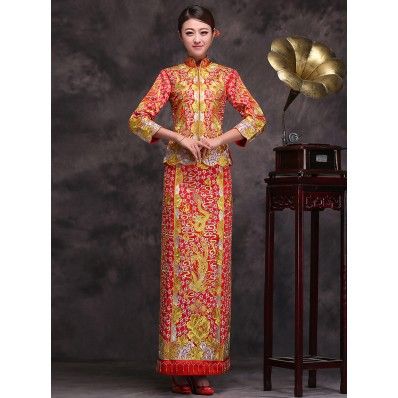
5. China – Qi Pao
The other prominent bridal wear known as Qi Pao is another example of blendy mix of the modern and traditional nature of China. Qi Pao are long and sleek one-piece wedding gowns with a ton of patterned work on it. Brides are now modernizing the traditional Qi Paos. It is more comfortable and yet keeps the true essence of Qi Pao alive.
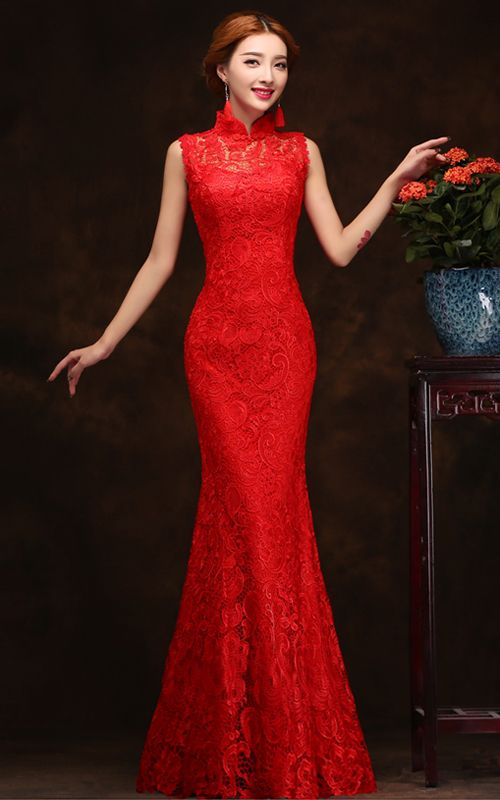
6. Turkey –
Dominated by the Muslim culture, Turkey has one of the most covered yet beautiful wedding attires for brides. Known as Hijabs, it symbolizes modesty and privacy. The attire showing less flesh unlike western wedding attires, still doesn’t compromise on the factor of elegance and beauty of a beauty.
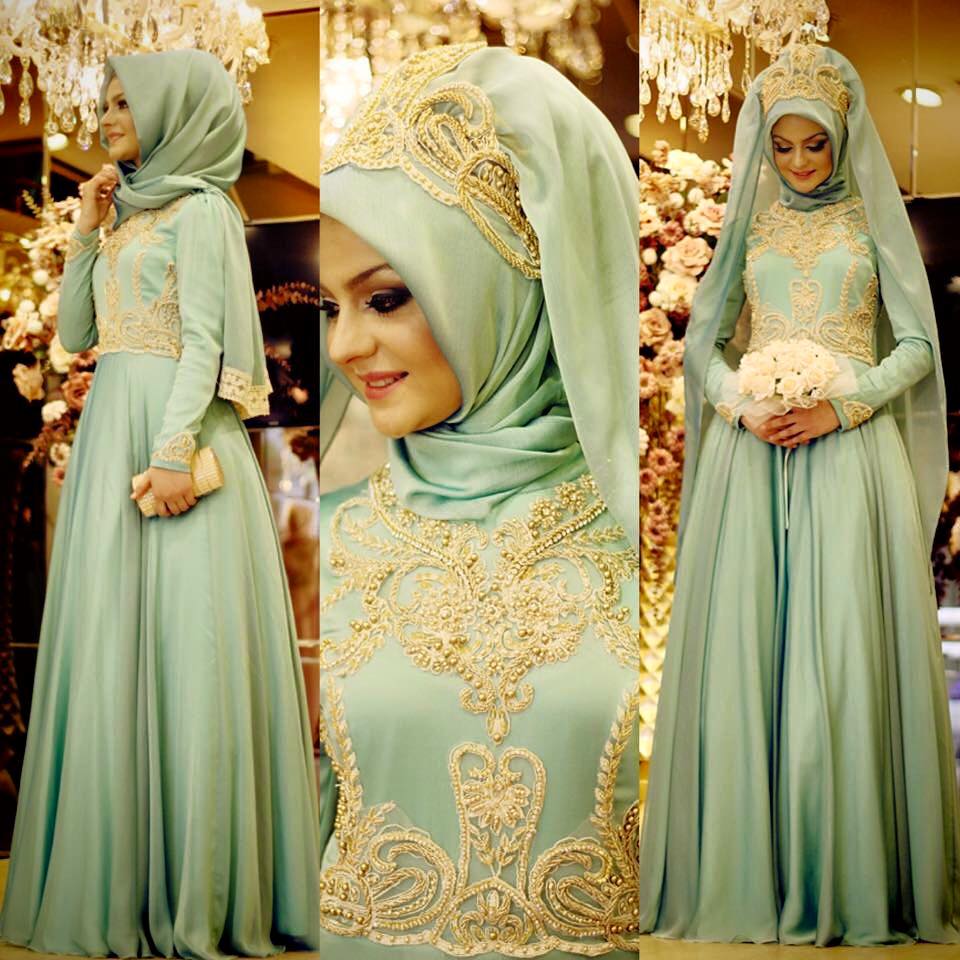
7. Egyptian Bridal Dresses-
Egyptians were the ones who came up with the concept of bonding legally and religiously forever. White is worn for mourning. So, Egyptian bridal wear observes the bright jewel colors as inspirations. The headgear highlights the royal look of the jewel colored gown. This is the perfect crown for the occasion. THe crown tradition is very similar to greek weddings.

7. America-
Brides wear white bridal dresses in western cultures. Queen Victoria popularized these in her era. Crystals, lace, belts, etc are used to accessorize these magnificent gowns. Making it even more gloriously massive with a beautiful see-through veil. Furthermore, lifting of the veil signifies the groom taking possession of his beloved wife.
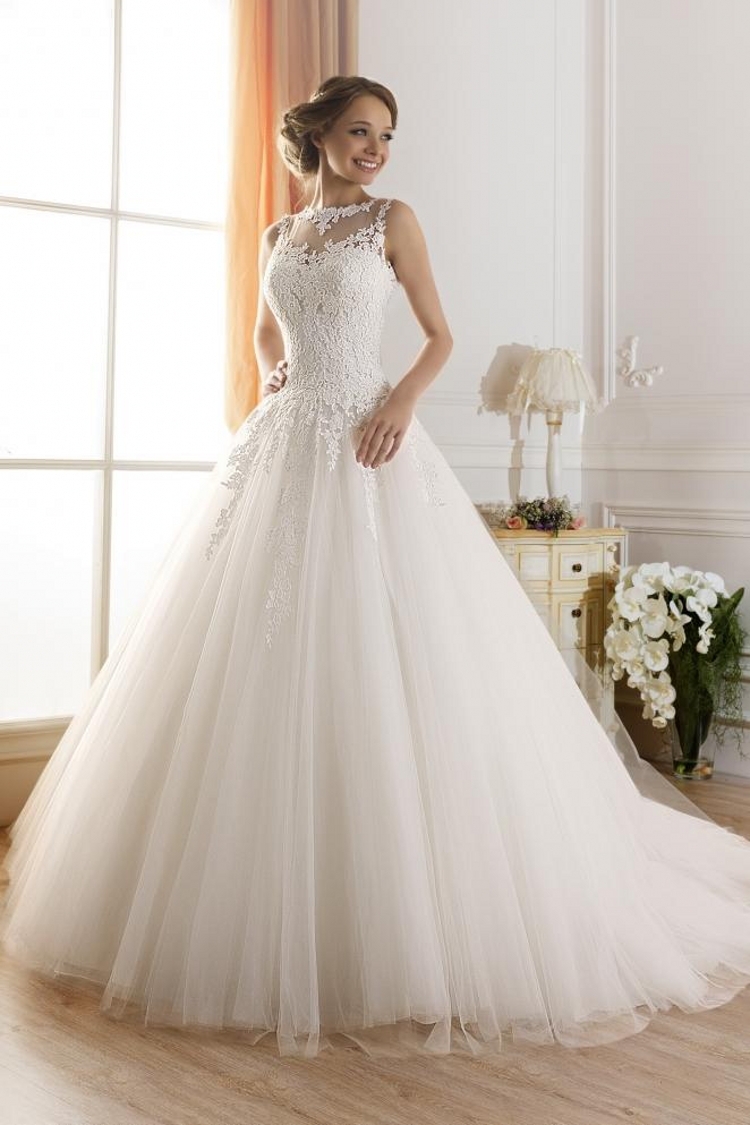
8. Thailand Bridal Dresses-
This thai dress is commonly known as Pha Nung. It is a long gown with a rectangular fabric wrapped around the lower body. It has different ways of wrapping and folding. The upper body has a Lacy fabric extension. Moreover, it goes over one shoulder and sways in the air just inches above the floor. Some brides even prefer it touching the ground.
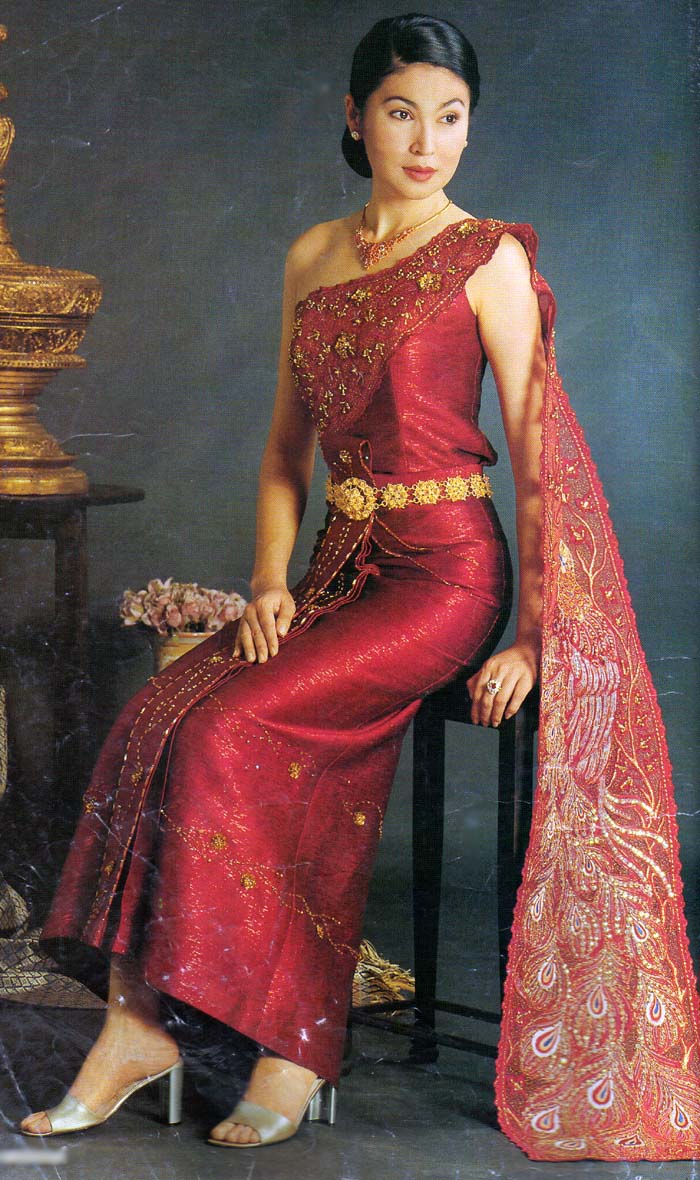
These were just a few countries with so much diverse clothing meant for the same occasion. Keen to see diversity, research will surely help you get surprised and awestruck. The noticeable evolving culture and creativity add even more diversity to this cycle.
For more such festive ideas and content check out our Facebook page.
Loading data...

















